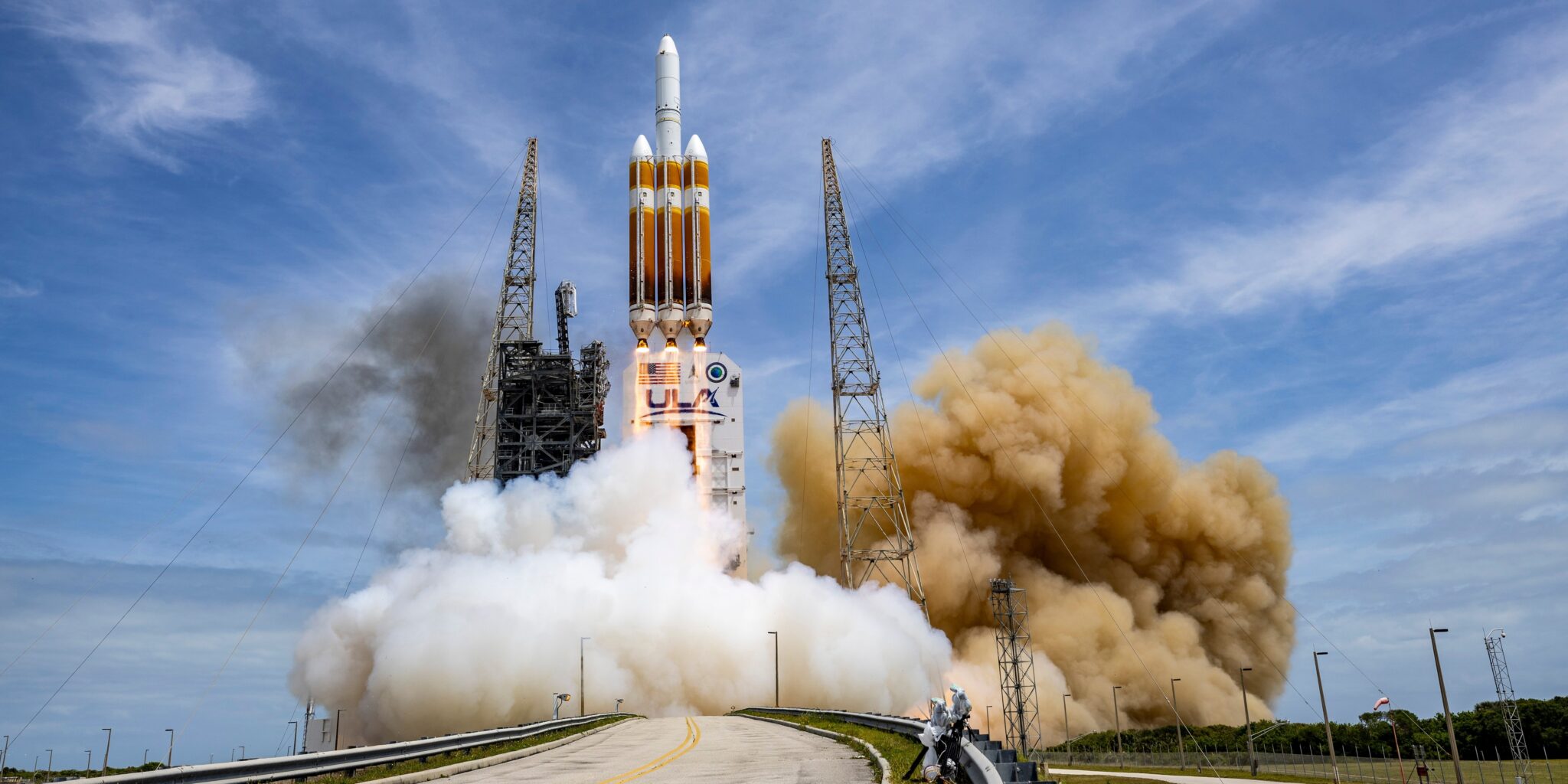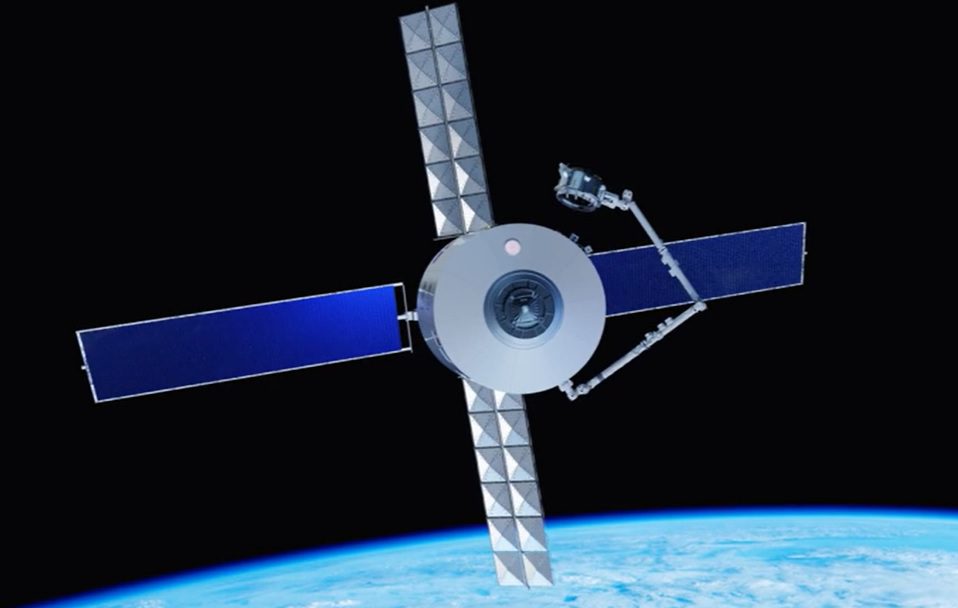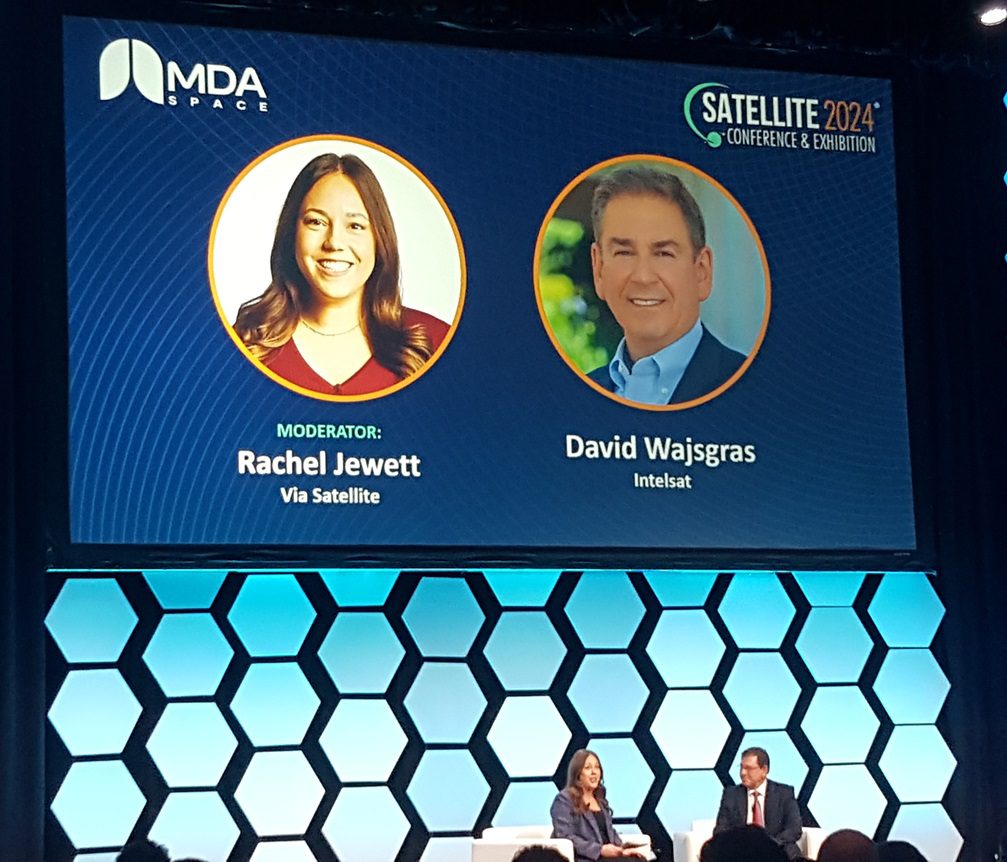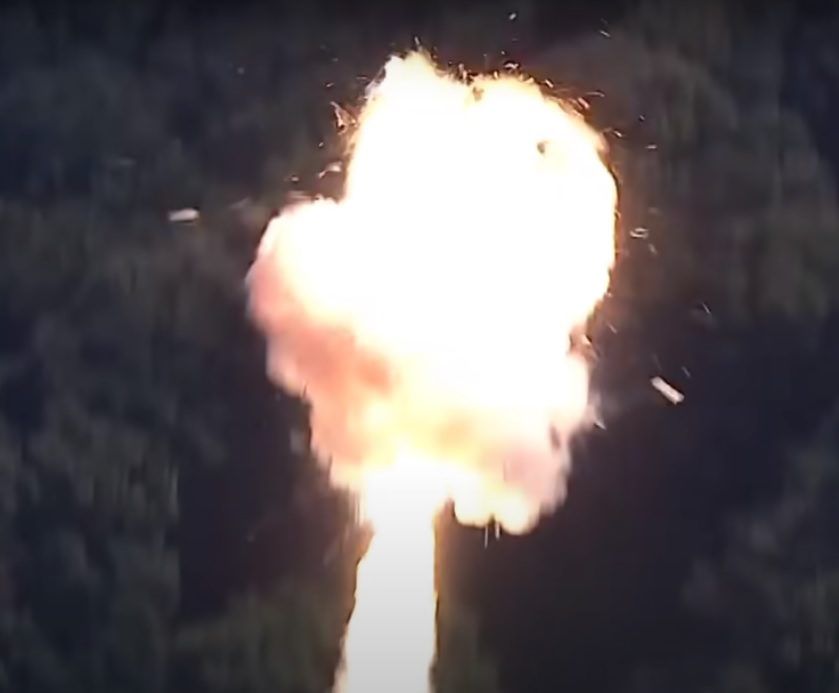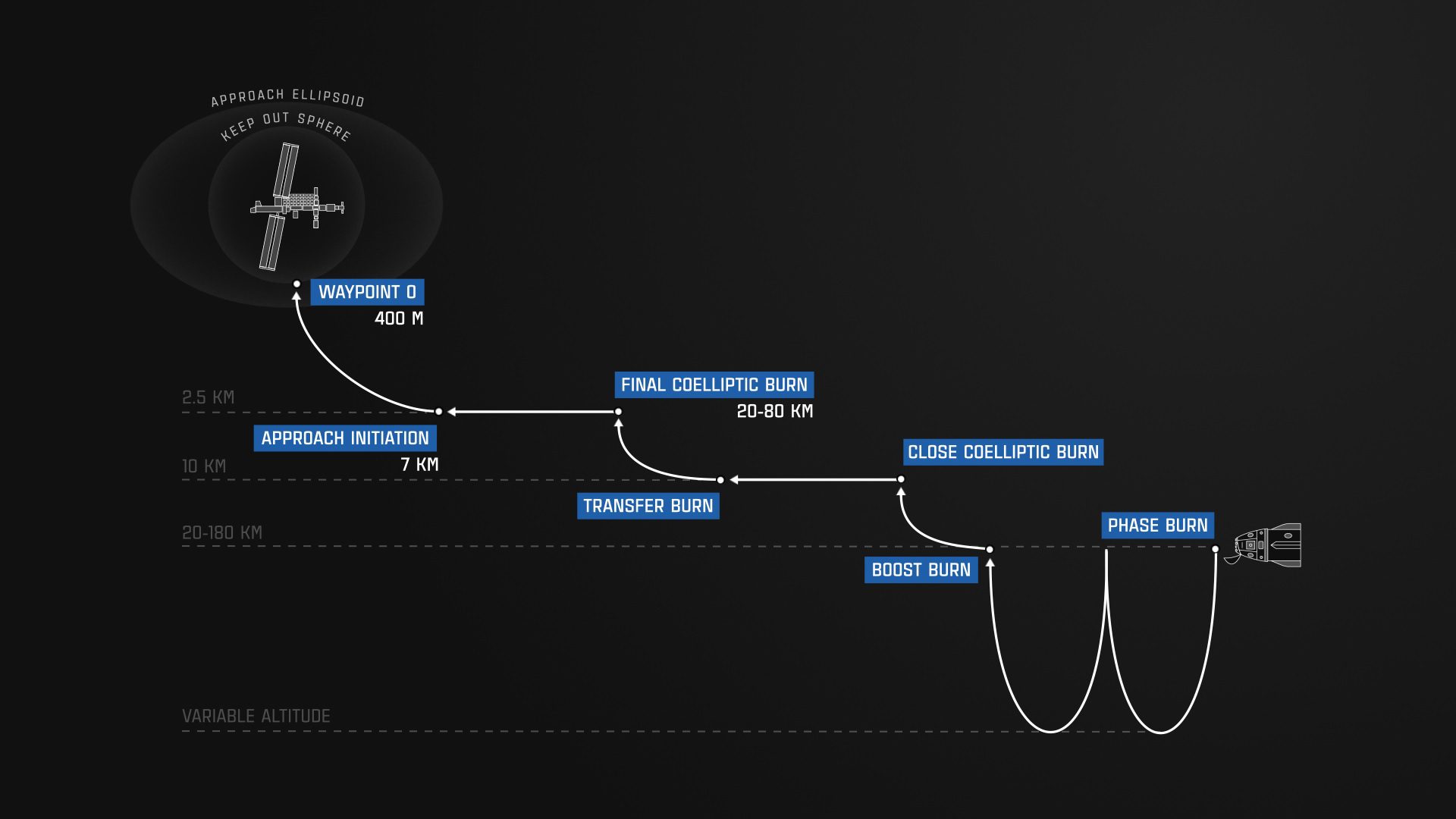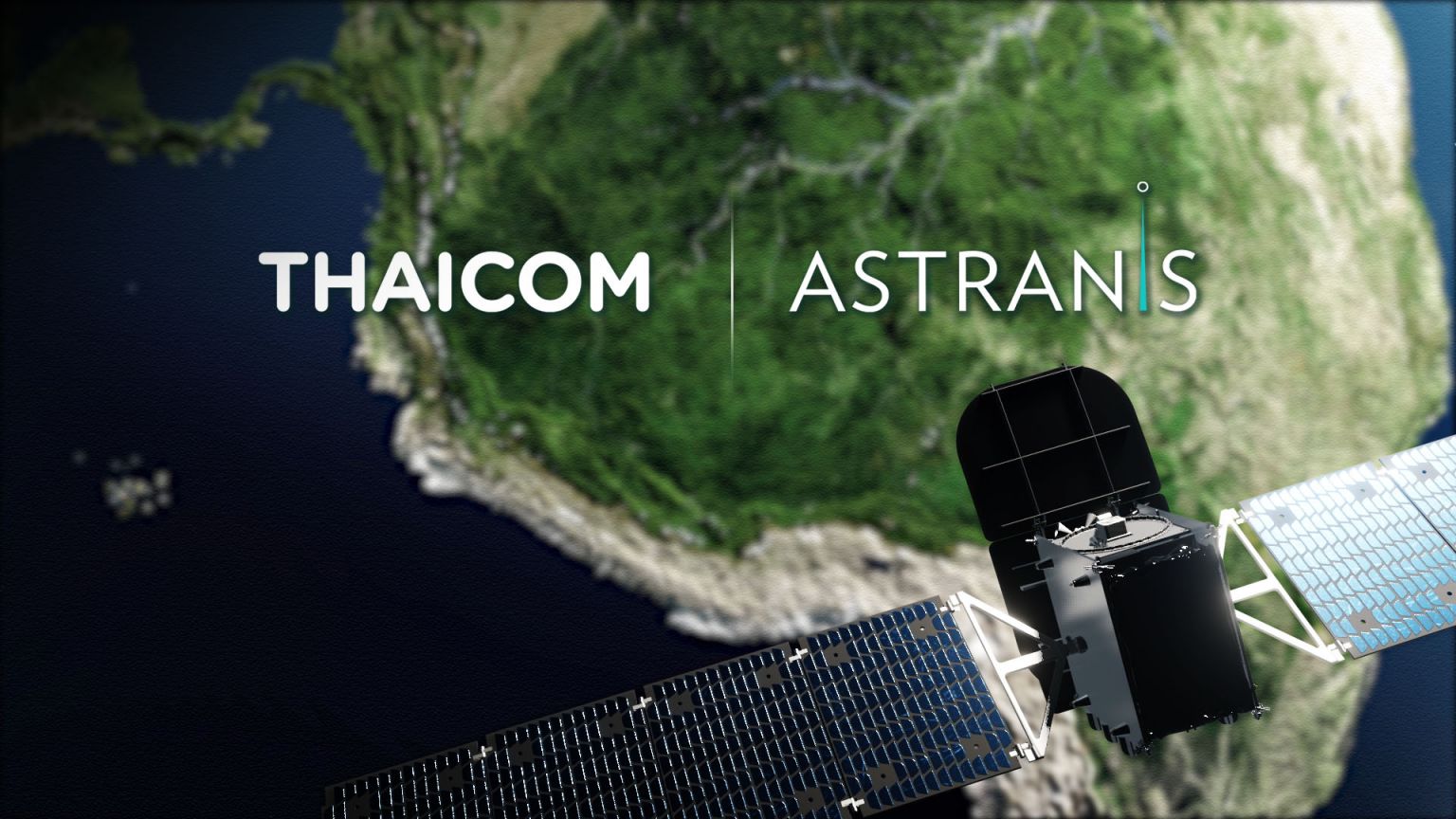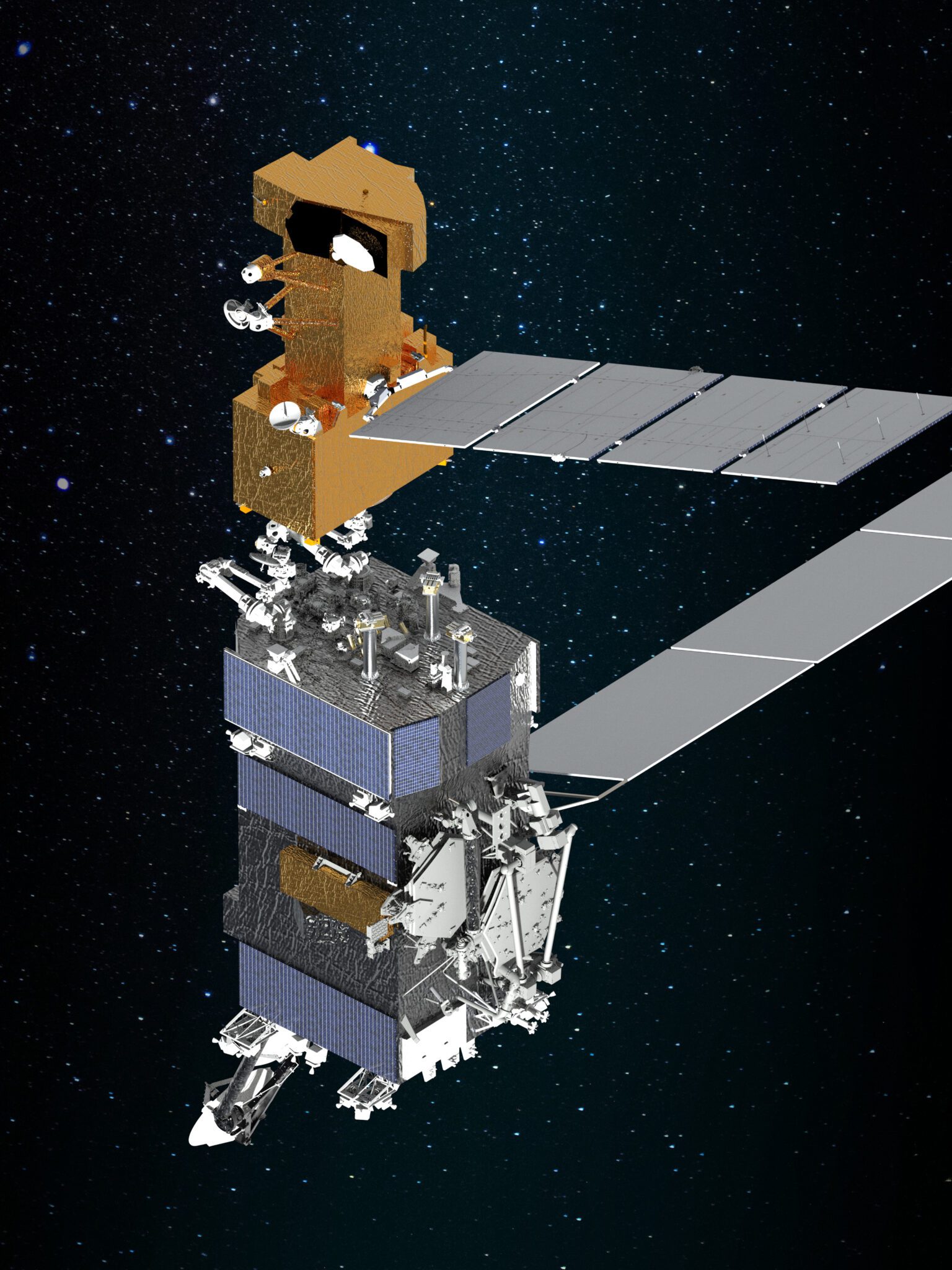In its “Cosmic Vision” push to explore the Solar system, Europe has setits sights on Jupiter icy moons, with a mission to launch for Europa, Ganymedeand Callisto in 2022.
The so-called JUICE mission – Jupiter Icy moons Explorer – will arriveat Jupiter in 2030 and spend at least three years making detailed observations.Europa, Ganymede and Callisto are all thought to host internal oceans, so themission will study the moons as potential habitats for life, addressing two keythemes of Cosmic Vision: what are the conditions for planet formation and theemergence of life, and how does the Solar System work?
JUICE will continuously observe Jupiter’s atmosphere and magnetosphere,and the interaction of the Galilean moons with the gas giant planet.
It will visit Callisto, the most heavily cratered object in the SolarSystem, and will twice fly by Europa. JUICE will make the first measurements ofthe thickness of Europa’s icy crust and will identify candidate sites forfuture in situ exploration.
The spacecraft will finally enter orbit around Ganymede in 2032, whereit will study the icy surface and internal structure of the moon, including itssubsurface ocean.
Ganymede is the only moon in the Solar System known to generate its ownmagnetic field, and JUICE will observe the unique magnetic and plasmainteractions with Jupiter’s magnetosphere in detail.
“Jupiter is the archetype for the giant planets of the Solar System andfor many giant planets being found around other stars,” says Alvaro GiménezCañete, ESA’s director of science and robotic exploration. “JUICE will give usbetter insight into how gas giants and their orbiting worlds form, and theirpotential for hosting life.”
JUICE was chosen over two alternatives: NGO, the New Gravitational waveObservatory, to hunt for gravitational waves, and ATHENA, the AdvancedTelescope for High-Energy Astrophysics. Either of these may be reconsideredwhen ESA again polls the scientific community in another call for large missions,expected in 2013.
ESA’s next big Solar System venture is the BepiColombo mission to puttwo orbiters around Mercury from 2022, following a launch in 2014. That missionwill just the third to the planet closest to the Sun, after NASA’s Mariner 10,which made fly-bys in 1974-75, and Messenger, which has been in orbit aroundMercury since March 2011.
And, in 2016 and 2018 ESA is planning a pair of launches to Mars. TheExoMars missions will test a descent module and then land a rover equipped totest geological samples gathered by deep drilling.


